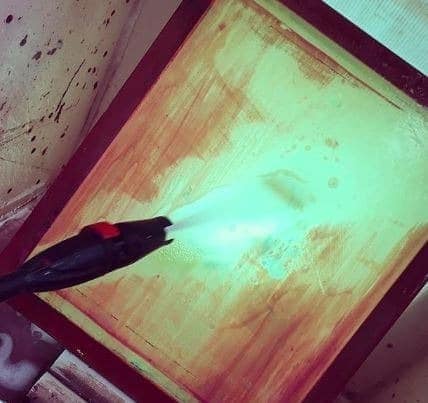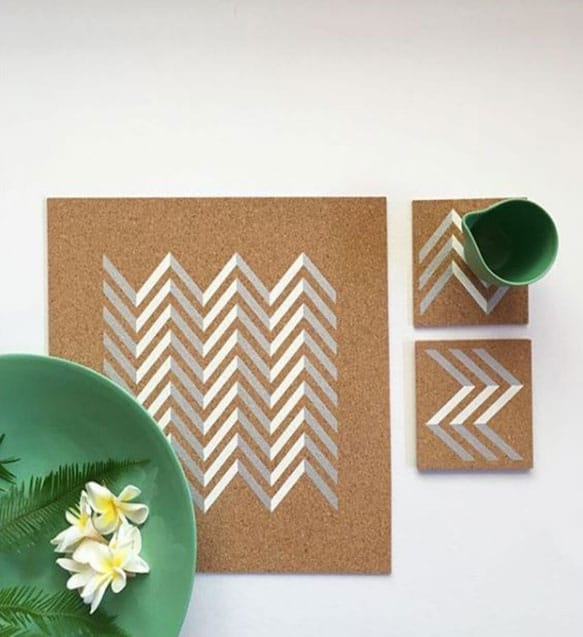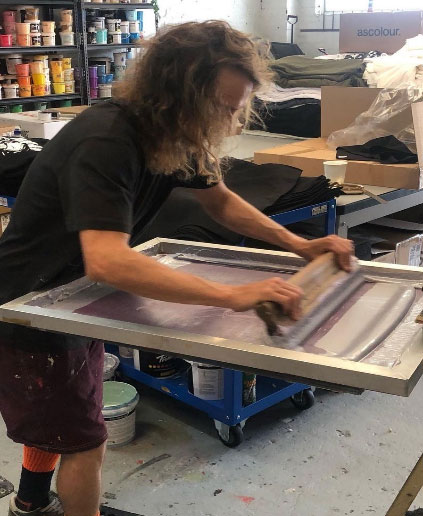One of the great things about printing with water-based inks is that your screens can be easily washed up. You don’t need high–grade solvents to clean the screens, just water. However, if you do leave water-based inks on the screen mesh to dry, then it can make the screen a bit tricky to clean. In such cases, you’ll need to exercise greater care to not ruin the screen and the stencil.
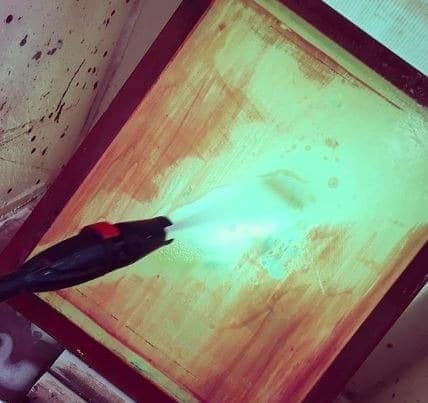
How do you remove the ink when it’s dried up?
Managing screen cleaning depends on how you clean and the screen wash that you use. To obtain the greatest benefit from using water-based inks, the idea would be to implement work process control procedures to prevent the ink from drying-in in the first place.
However, if your ink has dried in badly, then you may need to use a screen wash to soften the ink before removal. Seek out the safest, eco-friendly screen wash that you can find, or a less-caustic alternative. Whilst these will remove the ink, they also will protect your screen mesh and stencil as well.
ALWAYS follow the directions for use on the container, as well as directions for waste disposal.
Harsh solvents frequently used as screen washes include (but are not limited to) acetone, lacquer thinners, screen opener solvents or other products that may be highly toxic, caustic or both. For the benefit of the screen and the safety screen-printers using them, avoid toxic solvents. Secondly, look for safer screen wash options like Franmar® AquaWash Water–based Ink Remover, available from screenprintingsupplies.com.au. Your screen printing consumables supplier should be able to advise you on readily available and environmentally appropriate products.
Here are the basics on how you can make screen cleaning more manageable:
- Prepare your screen and ensure that you have several dry rags handy.
- Take your screen and the rags to the washout booth. The area will make it easier for you to clean the screen.
- Using the dry rags, wipe off excess ink that’s built up on the screen. Start with the thinner areas as they tend to dry in the most quickly. Clean off as much ink as possible, using the rage to wipe from the top to the bottom of the screen.
- If the final traces of ink can’t be completely removed using water, then you may need to remove the remaining ink by spraying or applying a screen wash or stain remover. Choose the mildest options that soften the ink quickly without causing damage to your screen.
For really stubborn ink deposits and stains, you can also opt to soak the screen with a haze remover but that would introduce chemicals that are even more caustic and more aggressive. You’ll need to follow up the soaking step with pressure washing. Use pressure that is high enough to prevent the haze from remaining on the screen, but not so high that you damage the screen mesh.
While solvents can remove ink stains with less effort, they are often highly toxic and therefore not a safe choice. Always look for safer alternatives. Best practice is to remove surplus ink and clean the screens right away. That way, you’ll only need water.
Water-based inks are eco-friendly and easy to use. To learn more about the PERMASET® range of water-based inks for screen printing, accessories and tools, you can shop here, or Contact PERMASET via this form.
© COLORMAKER INDUSTRIES 2022
Subscribe to get the latest inspiration, news & advice direct to your inbox
More articles
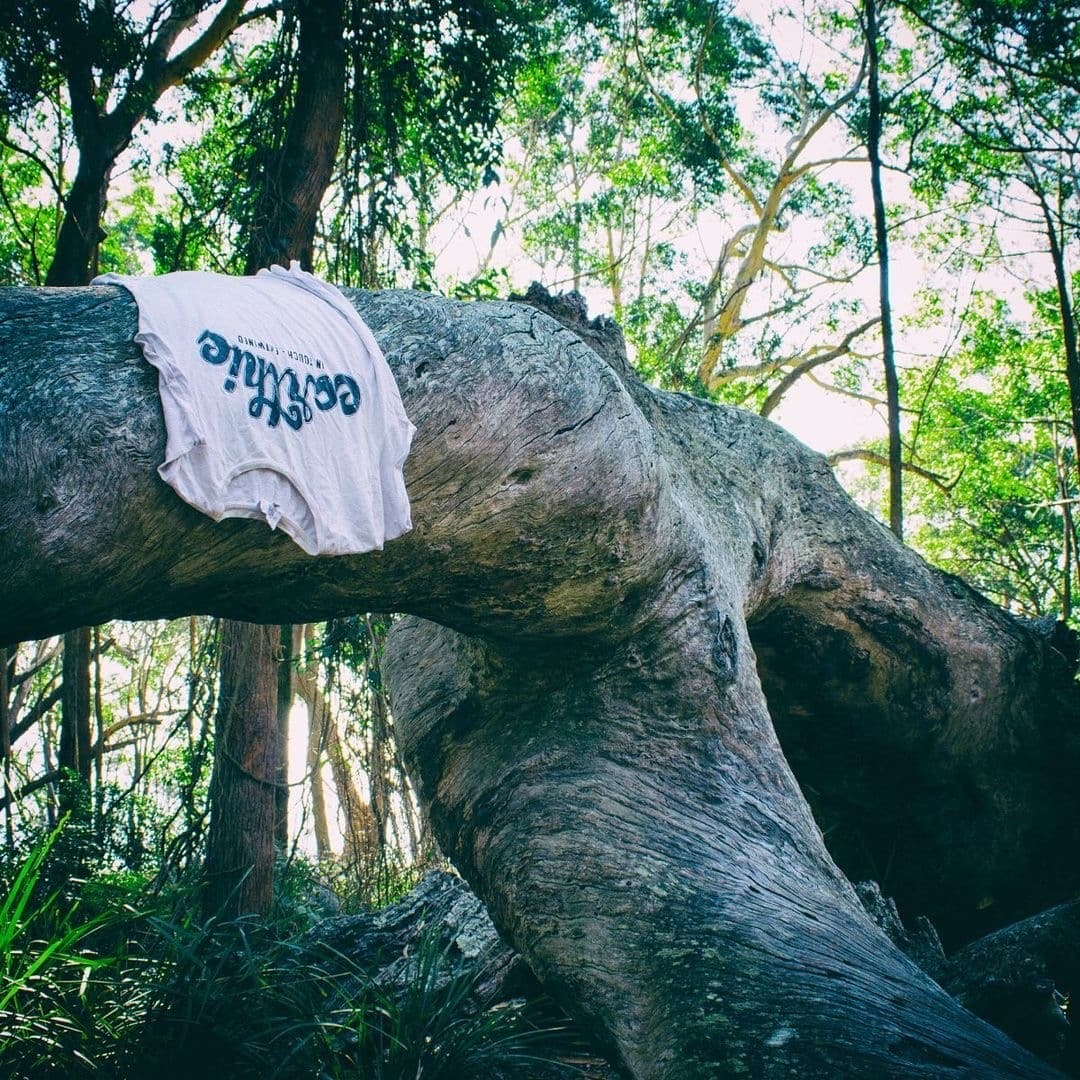 @imearthie
@imearthie
Clothing label I’m Earthie shares how they strive to be a truly sustainable brand
Clothing label I’m Earthie shares how they strive to be a truly sustainable brand
